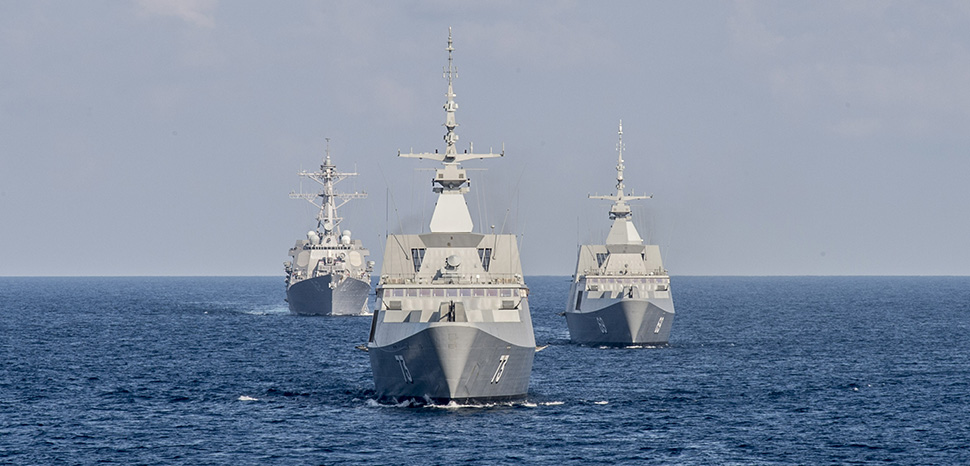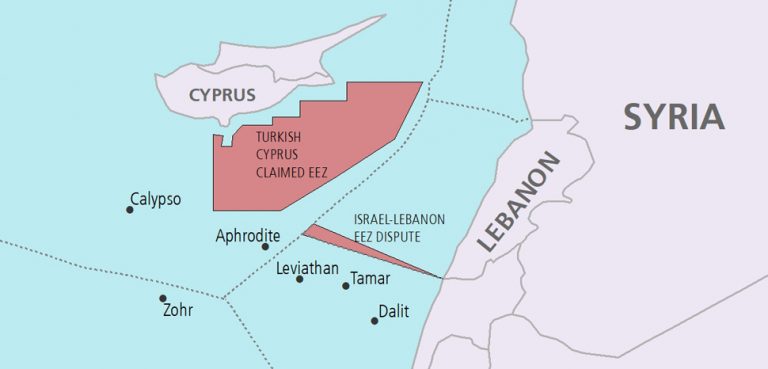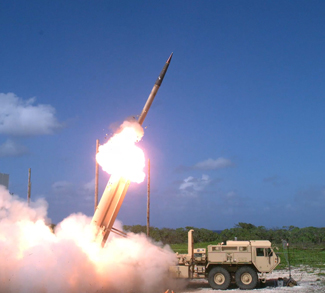The Second Thomas Shoal, known as the Ayungin Shoal in the Philippines, has emerged as a main flashpoint in the South China Sea.
The overriding contradiction remains the same: Beijing’s ‘gray zone tactics’ altering the de facto map of the region by consolidating a presence in far-flung corners of the South China Sea, and always to the detriment of the territorial claims of other littoral states. Manila on the other hand has been pushing back against these actions with newfound zeal, as the current Marcos administration has been much more willing to press the issue and draw diplomatic and military assistance from its treaty ally in the United States than the previous Duterte government.
The character and extent of this US support will go far in determining how tensions surrounding the Second Thomas Shoal play out. And given the marked absence of diplomatic good faith, coupled with China’s slow-but-steady territorial advance of recent years, pressure is mounting on both Manila and Washington to collectively draw a line in the proverbial sand. It follows that we could be witnessing a geopolitical paradigm shift in-the-making, one where kinetic options begin to take precedence over diplomatic ones in the disputed waters of the South China Sea.




